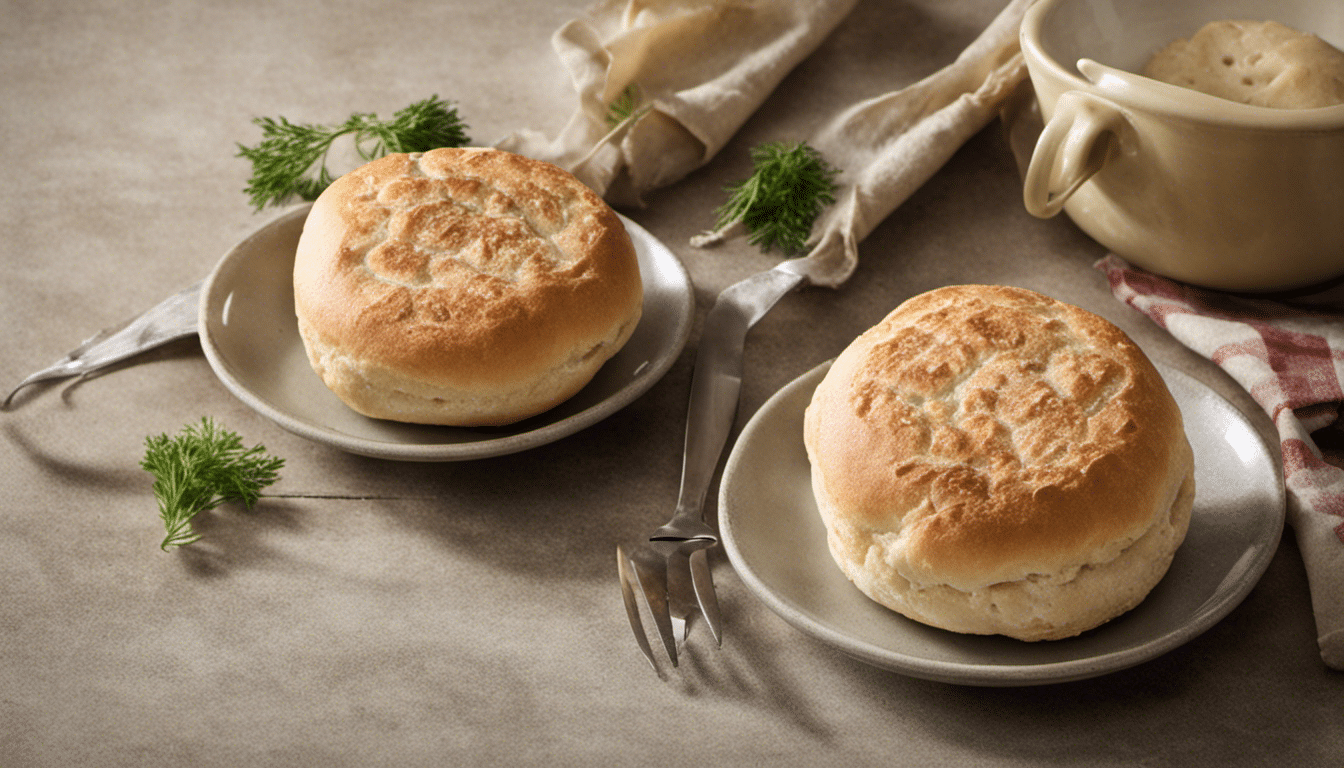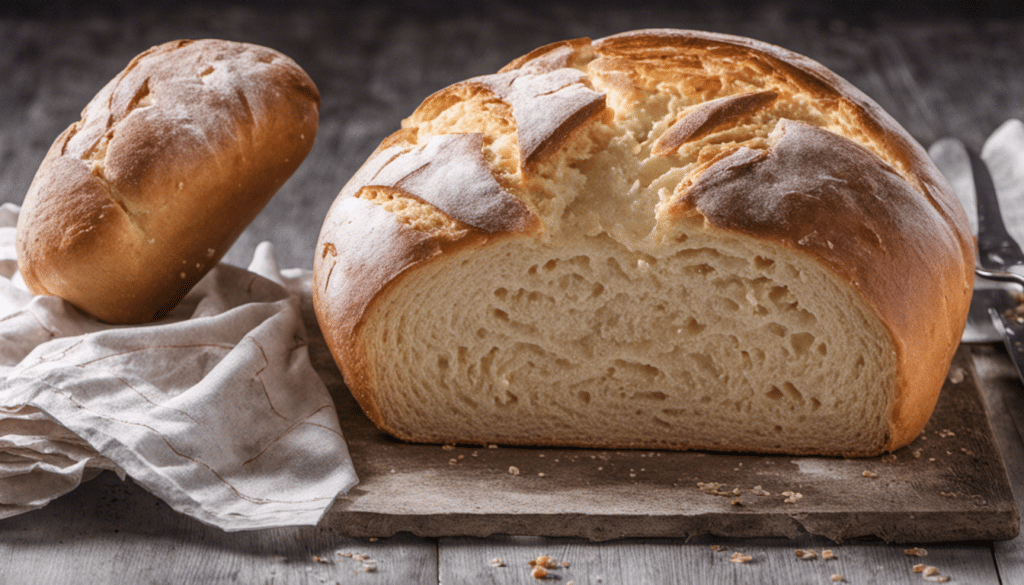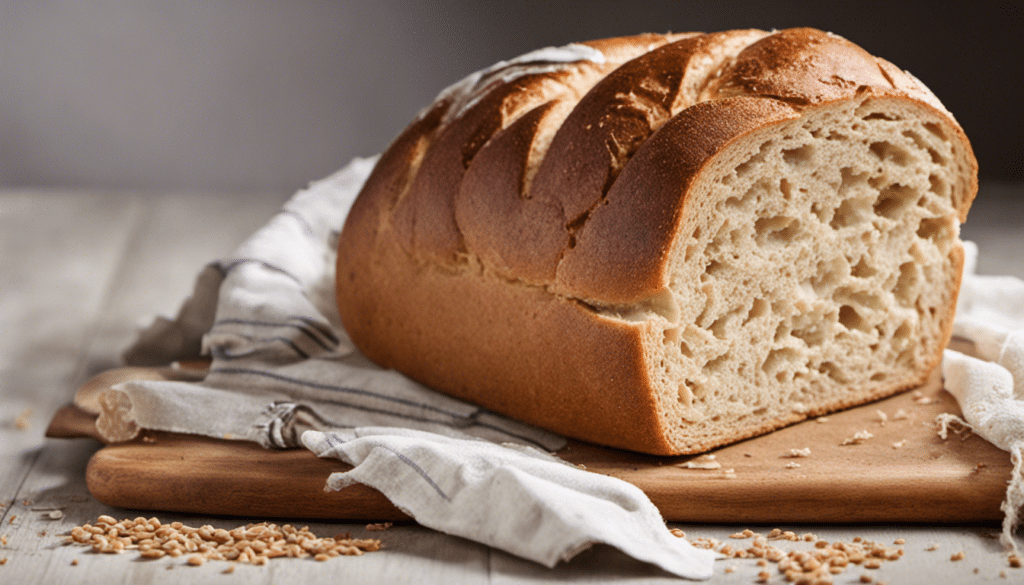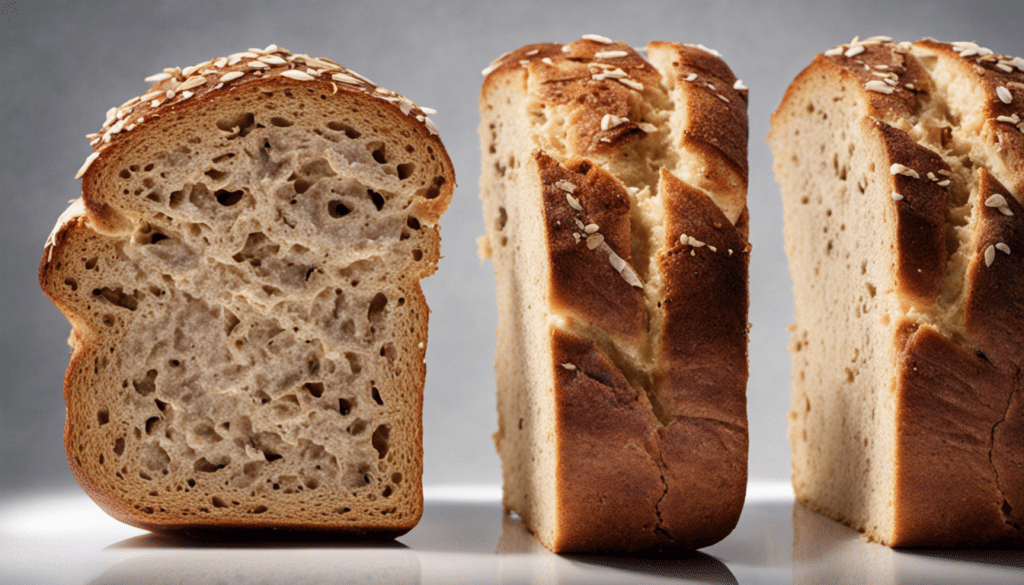| Prep: 20 mins | Cook: 15 mins | Difficulty: Medium | Serves: 6 |
| kcal | fat | saturates | carbs |
| 270 | 4g | 2g | 49g |
| sugars | fibre | protein | salt |
| 5g | 2g | 9g | 0.4g |
About English Muffin
Steeped in the culinary history of England, the English Muffin stands out as a simple yet delightful bread that has become a staple in households across the globe. With its unique texture, distinguishing taste, and exceptional versatility, it’s no wonder that the English Muffin has garnered such a wide-ranging appreciation. Even though its name indicates its English origin, this bread has definitely left its mark on the world stage.
The Nature of the English Muffin
An authentic English Muffin is characterized by its signature nooks and crannies. These are the tiny pockets that are created during the fermentation and cooking process, and they serve as perfect little reservoirs for butter, honey, jam, or your spread of choice. The English Muffin’s texture stands as a merging point between denseness and airiness – ensuring a satisfying chew, without feeling too heavy.
Its Culinary Affiliations
This bread’s taste and texture have made it a popular ingredient in a variety of dishes. Perhaps the most notable of these is the Classic Eggs Benedict, where an English Muffin forms the base that is subsequently topped with cured ham, a poached egg, and finally, a decadent drizzle of Hollandaise sauce. The sturdiness of the muffin soaks up the sauces without becoming soggily overwhelming, its own subtle flavor complementing the burst of flavors from the other ingredients. For a visual and culinary treat, you can check out Martha Stewart’s take on the Classic Eggs Benedict.
Equally at home in sweet and savory settings alike, the English Muffin also works exceptionally well as a satisfying breakfast toast or an accompaniment for soups and stews. Feel free to slather it with sweet preserves, cream cheese, or Marmite for a quick, uncomplicated, yet robust meal.
A World-travelled Bread
Though originated in England, the English Muffin has now become a staple in countless nations, notably in the United States. In fact, it plays a key role in the iconic McDonald’s Egg McMuffin, an American breakfast classic. This widespread adoption stands testament to the muffin’s versatility and universal appeal.
From its distinctive texture to its versatile applications and worldwide popularity, the English Muffin stands as a testament to how simplicity, when done just right, can result in lasting classics. In kitchens around the globe, baking a batch of homemade English Muffins has become synonymous with a labor of love, with a warm, toasted muffin right out of the oven being the ultimate reward.Want to fall in love with baking English muffins? Head over to this tried-and-tested recipe by Alton Brown on Food Network!
What You’ll Need
- 1 cup milk
- 2 tablespoons white sugar
- 1 package active dry yeast (about 2 1/4 teaspoons)
- 1 cup warm water (110 degrees F/45 degrees C)
- 1/4 cup melted unsalted butter
- 6 cups all-purpose flour
- 1 teaspoon salt
- Cornmeal for dusting
Method
Step One
Warm up the milk in a small saucepan until it bubbles, then remove from heat and mix in the sugar, stirring until dissolved. Let it cool until lukewarm.
Step Two
In a small bowl, dissolve yeast in warm water. Let it stand for about 10 minutes, until it’s creamy.
Step Three
In a large bowl, combine the milk, yeast mixture, butter, and 3 cups of flour. Beat until smooth. Add salt and rest of flour, or just enough to make a soft dough.
Step Four
Knead the dough. Place it on a lightly floured surface and knead for about 8 to 10 minutes, or until it is smooth and elastic. Place in a greased bowl, turning once to coat the surface of the dough. Cover with a clean cloth. Let it rise in a warm place until it has doubled in size. It should take about one hour.
Step Five
Punch down the dough. Roll out to about 1/2 inch thick. Cut rounds with a biscuit cutter or the rim of a drinking glass.
Step Six
Sprinkle a baking sheet generously with cornmeal. Set the rounds on top of it, cornmeal side up. Cover and let them rise until they are puffy and nearly doubled. It should take about 30 minutes.
Step Seven
Heat a greased griddle. Cook muffins on griddle about 10 minutes on each side on medium heat. Keep baked muffins in a warm oven until all have been cooked.
Step Eight
Allow them to cool and place in a bag for storage. To use, split and toast.




